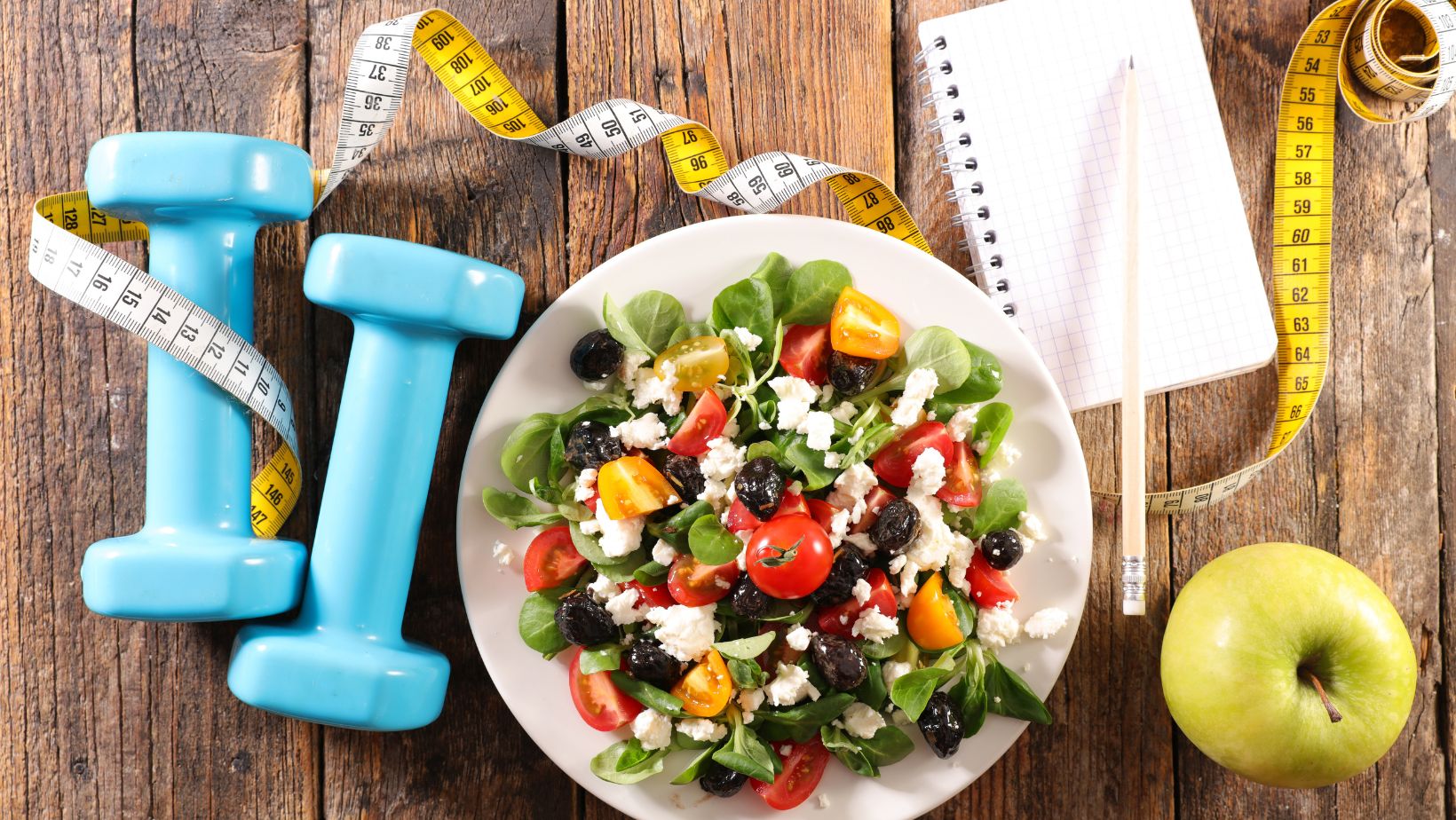How to Vacuum Seal Food to Keep It Fresh for Months?

Vacuum sealing food is essential for preserving its freshness and extending its shelf life for months. Vacuum sealing removes air from the packaging, which helps prevent the growth of bacteria, mold, and other microorganisms that cause food spoilage. Without oxygen, these harmful agents cannot thrive, ensuring that your food stays fresh for longer periods.
By eliminating air exposure, vacuum sealing reduces the risk of freezer burn, which occurs when moisture evaporates from the food’s surface and crystallizes. Vacuum sealing is done with the help of vacuum sealer and it maintains the flavour, texture, and nutritional value of food by preventing oxidation and nutrient loss.
Vacuum sealing allows you to portion and store food items in convenient serving sizes, reducing the likelihood of food waste. By extending the shelf life of perishable items, you can use them as needed over an extended period, minimizing spoilage and saving money.
Part 1: How Does Vacuum Sealing Work?
Vacuum sealing works by removing air from the packaging around the food and creating an airtight seal to prevent air and moisture from re-entering. The process typically involves using a vacuum sealing machine and specially designed bags or rolls. Here’s how vacuum sealing works:
Preparation
The food items are placed inside a specially designed vacuum-sealing bag or roll. It’s essential to ensure that the food is clean, dry, and free from any excess moisture, as moisture can compromise the effectiveness of the sealing process.
Sealing
Once the food is placed in the bag, the open end of the bag is positioned inside the vacuum sealing machine. The machine then removes the air from the bag using a vacuum pump, creating a vacuum environment inside the bag.
Heat Sealing
After the air is removed, the open end of the bag is heat-sealed to create an airtight seal. This prevents air and moisture from entering the bag and coming into contact with the food.
Storage
Once sealed, the vacuum-sealed bags can be stored in the refrigerator, freezer, or pantry, depending on the type of food and intended use. The vacuum sealing process helps preserve the freshness, flavour, and nutritional value of the food, extending its shelf life significantly compared to traditional storage methods.
Part 2: Things to Remember While Vacuum Sealing
Here are important things you should keep in mind while vacuum sealing;
Gather Necessary Materials
Before vacuum sealing food, gather necessary materials including a vacuum sealing machine, vacuum sealing bags or rolls, and the food items to be sealed.

Ensure that the food is clean, dry, and portioned appropriately for sealing. Having all materials ready beforehand ensures a smooth and efficient vacuum sealing process.
Clean and Organise the Workspace
While vacuum sealing, it’s essential to clean and organize the workspace to ensure efficiency and hygiene. Clear clutter from the area to provide ample space for operating the vacuum sealing machine. Wipe down surfaces to remove any dirt or debris that could contaminate the food.
Prepare the Food for Sealing
Before vacuum sealing, prepare the food by cleaning and portioning it into suitable sizes for sealing. Ensure that the food is dry to prevent moisture from affecting the sealing process. Place the prepared food portions into vacuum-sealing bags or rolls, ready for vacuum-sealing.
Part 3: Step-by-step Guide on Using the VEVOR Vacuum Sealer
Here we are going to discuss the step-by-step guideline for using the VEVOR vacuum sealer;
Powering on and Setting up the Machine
The VEVOR Vacuum Sealer must be plugged into a power outlet to turn it on and configure it. To switch it on, press the power button. Depending on the model, use the control panel or buttons to change the sealing mode, vacuum strength, and sealing time settings. Regarding particular settings according to the kind of food being sealed, refer to the manufacturer’s instructions. The machine is prepared to vacuum seal food items once it is set up.
Placing the Food in the Vacuum-Sealing Bags
Place the portions into the vacuum-sealing bags once the food has been ready for vacuum-sealing. To aid in proper sealing, make sure the food is distributed evenly and in a single layer inside the bag. Make sure the bag has enough room at the top to allow for the sealing procedure. Refrain from packing the bags too full as this could impede a tight closure. After the food is positioned correctly, squeeze out any remaining air gently and close the bag.
Sealing the Bags
To seal the bags, place the open end of the vacuum-sealing bag inside the machine’s sealing chamber. Close the chamber lid securely. Press the “Seal” button on the vacuum sealer to activate the sealing process. Once completed, remove the sealed bag from the machine, ensuring a tight seal to maintain the freshness of the food.
Vacuum Sealing Process
After sealing, the vacuum sealing machine removes air from the bag, creating a vacuum environment inside. This process helps prolong the freshness of the food by preventing oxidation and reducing the growth of bacteria. Once the vacuum sealing process is complete, the bag is tightly sealed, and ready for storage.
Removing Air from the Bags
To remove air from the bags, the vacuum sealing machine activates its vacuum pump, which draws air out of the bag.

As air is removed, the bag collapses around the food, creating a vacuum environment inside. This ensures that the food is tightly sealed and protected from spoilage.
Final Sealing
The vacuum sealing machine starts the last sealing step after the air is removed. The bag’s open end is heat-sealed to form an airtight seal that keeps moisture and air from reentering. The food inside the vacuum-sealed bag is guaranteed to remain fresh and preserved for an extended period thanks to this final seal.
Ending Thoughts
Vacuum sealing of food is a highly effective method to extend its freshness for months. By removing air from the packaging, vacuum sealing creates an oxygen-free environment that slows down the deterioration process. Vacuum sealer chambers are essential to sous vide cooking because they offer a quick and easy way to seal food before cooking. To achieve even and consistent cooking, sous vide cooking entails vacuum-sealing food in airtight bags and submerging it in a carefully regulated water bath.




